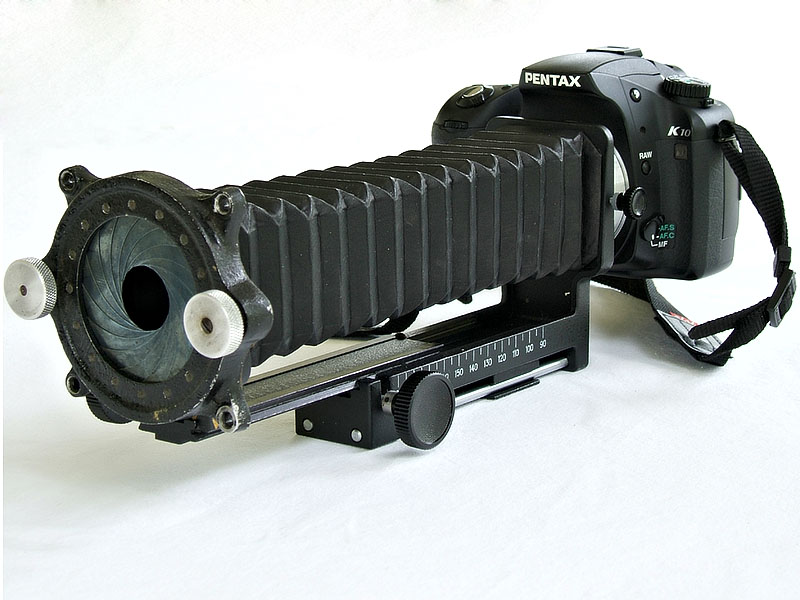Abbazz
6x9 and be there!
ferider said:more often, coma is referred to as any aberration producing any kind of asymmetrical distortion of points in the image. Since lenses are round, typically these distortions appear in radial symmetry to the image center, which creates the impression of circles. Tails, comet stars and shapes that look like flying birds are only one variant. Elipses are another one.
Roland, let me call old Kingslake (Lenses in Photography, Garden City Books, New York, 1951) to the rescue:
Coma has the effect of producing a rather unpleasant one-sided radial blurring of images lying in the outer parts of the field. (emphasis is mine)
Here's the paragraph about vignetting, from the same book:

Cheers!
Abbazz










